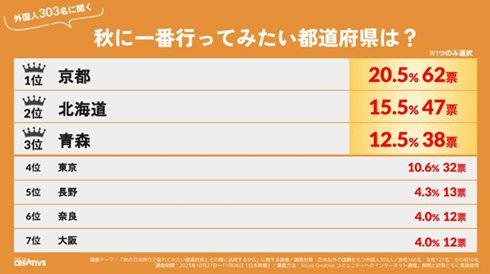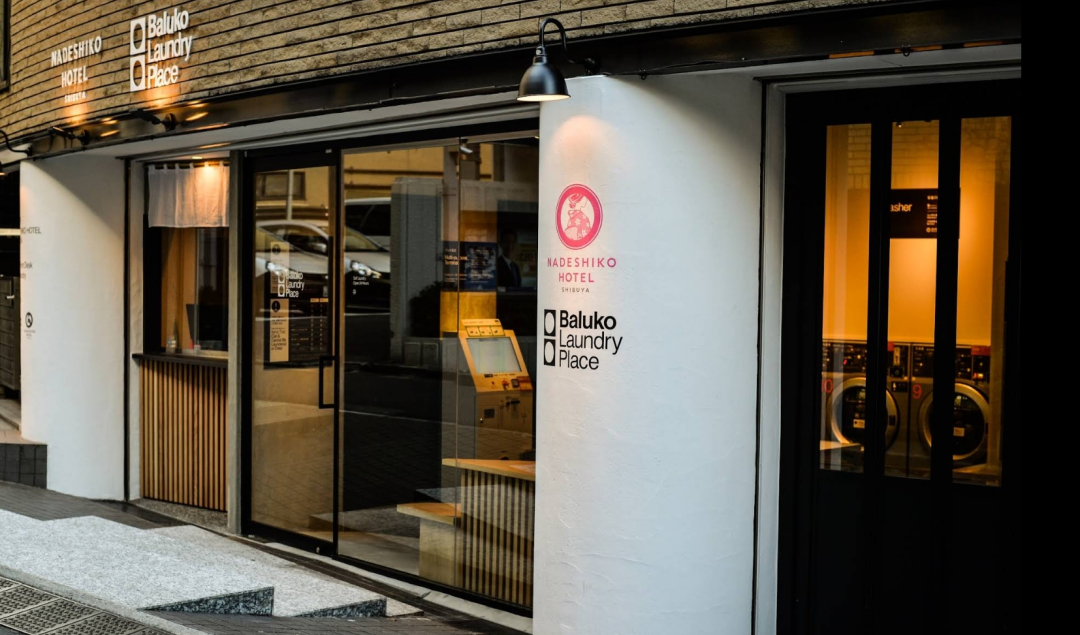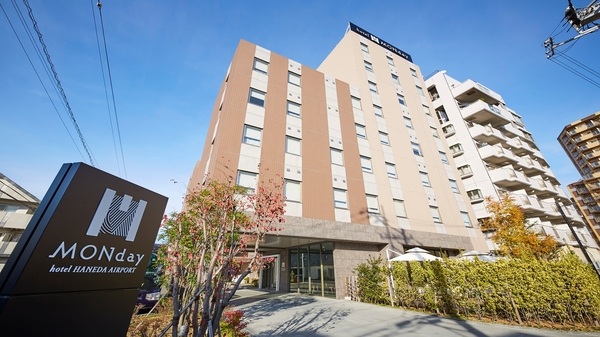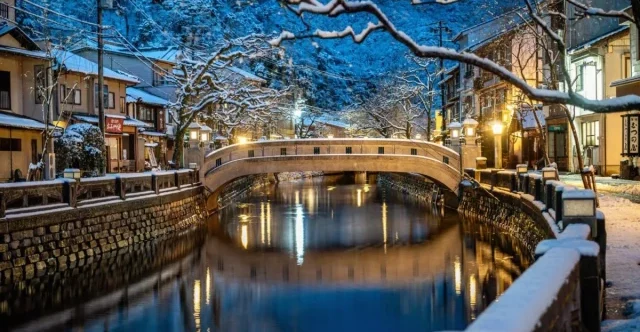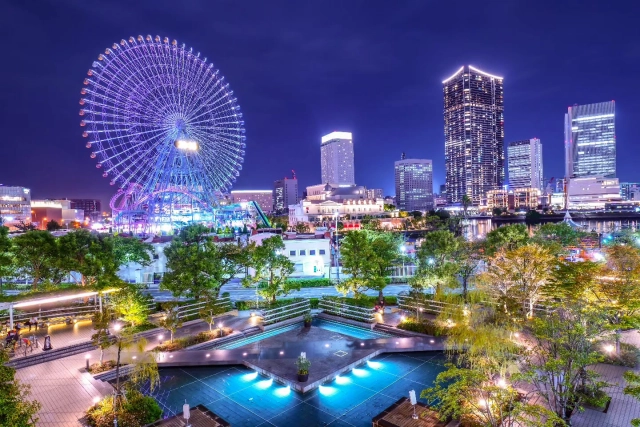Chikubu Island is a small island floating in the northern part of Lake Biwa, revered as a dwelling place of deities since ancient times. Its name originates from the phrase "(神を) 斎く (いつく) 島," which is said to have been altered from "いつくしま (Isukushima)" to "つくぶすま (Tsukubusuma)."
Additionally, the island is adorned with historically significant structures such as the Hōgon-ji Temple, one of Japan's three major Benzaiten temples, the Tang gate, and the Tsukubusuma Shrine.
To reach Chikubu Island, one can take sightseeing boats departing from Chōbun Harbor, Hikone Harbor, and Imazu Harbor. The journey by high-speed boat takes approximately 30 minutes.
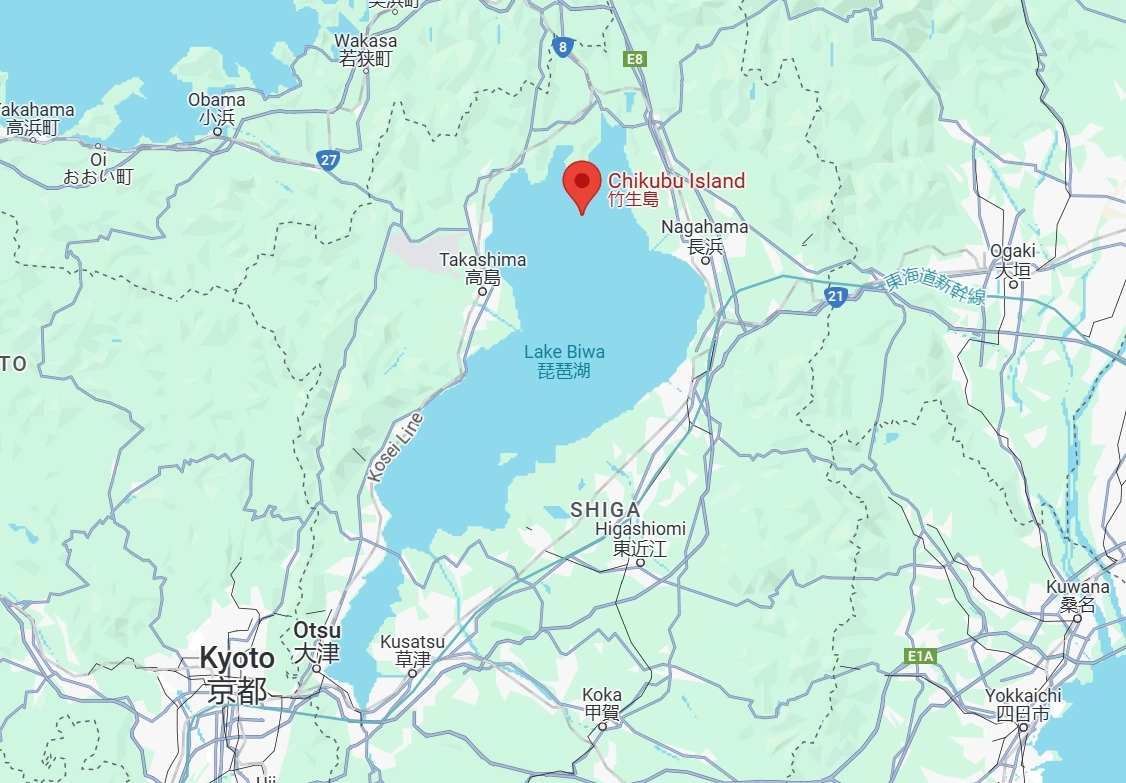
Embarking on Chikubu Island, Abode of Gods
As you approach the island, you'll behold steep cliffs encircling the entire landmass, as if guarding a sacred realm. This island is composed of a massive granite rock.
Chikubu Island features a renowned scene from the Tale of the Heike. It's said that during his campaign against Minamoto no Yoshinaka, Taira no Tsunemasa played the biwa while circumventing Chikubu Island, conjuring a white dragon with his enchanting melodies.
Subsequently, Tsunemasa suffered a bitter defeat at Mount Kurama, leading to the downfall of the Taira clan. However, the music played by Tsunemasa moved even the deities, a fact remembered by posterity.
Hōgon-ji Temple, One of Japan's Three Major Benzaiten Temples
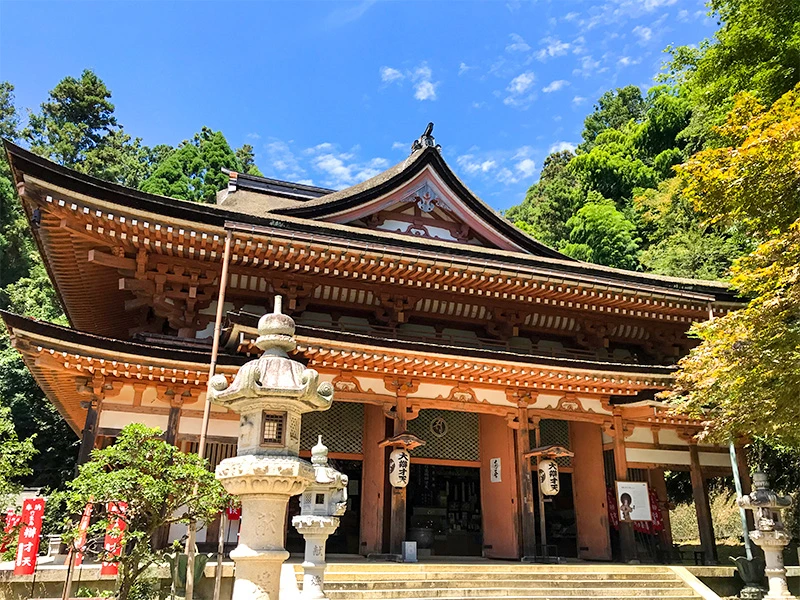
Upon arriving on the island, a visit to Hōgon-ji Temple (宝厳寺) is recommended, accessed via 165 stone steps. As you ascend, you'll notice letters carved on the steps, representing the homes and names of donors. Most materials used in temple construction on Chikubu Island are donated.
In an era without modern transportation, transporting stones from off-island was risky. The staircase completed through prayers is known as the "Prayer Steps." Once you spot a vermilion building behind the torii gate, you've reached Hōgon-ji Temple.
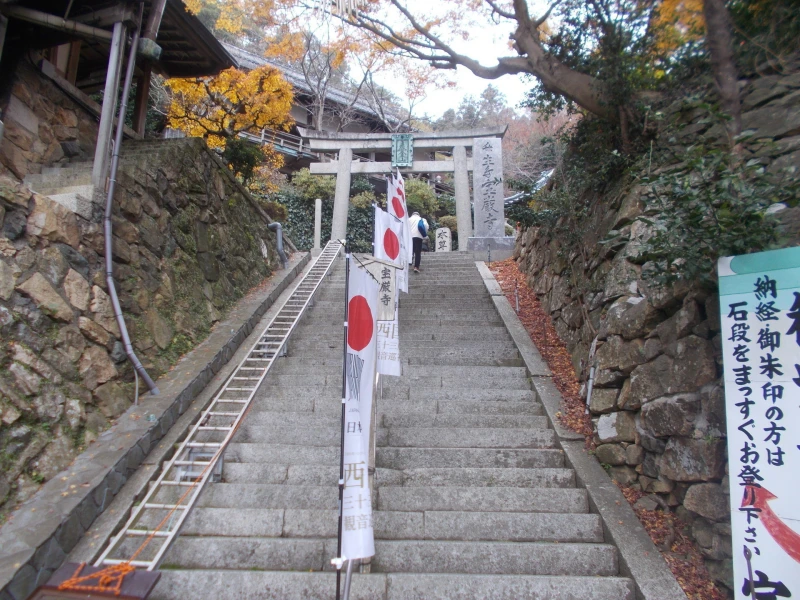
The central deity at Hōgon-ji Temple is "Benzaiten." According to temple legend, in 724, Amaterasu appeared in Emperor Shōmu's dream, declaring: "There's a small island in the center of Lake Kōshū, a sacred place of Benzaiten. It's said that all of this began with a prophecy received: 'Peace and prosperity for the nation, abundant harvests, and prosperity for all.'"
By the way, Chikubu Island is known as one of the "Three Great Benzaiten Temples" along with Enoshima and Miyajima, being the oldest and termed "Great Benzaiten."

Benzaiten, one of the Seven Lucky Gods, is widely venerated as the deity of wealth, honor, auspiciousness, charm, matchmaking, blessings for children, and also as the deity of music, wisdom, and fortune.
The main deity Benzaiten at Hōgon-ji Temple is an enshrined deity unveiled every 60 years, next due in 2037.
On either side of the main hall are seated images of "Uke Benzaiten." If you observe closely, atop Benzaiten's head is a miniature Uke deity with a torii, surrounded by little red things known as Daruma dolls.
Upon closer inspection, the red Daruma with a biwa is Benzaiten-sama. Each face is unique, every expression has its personality, and they are quite adorable.
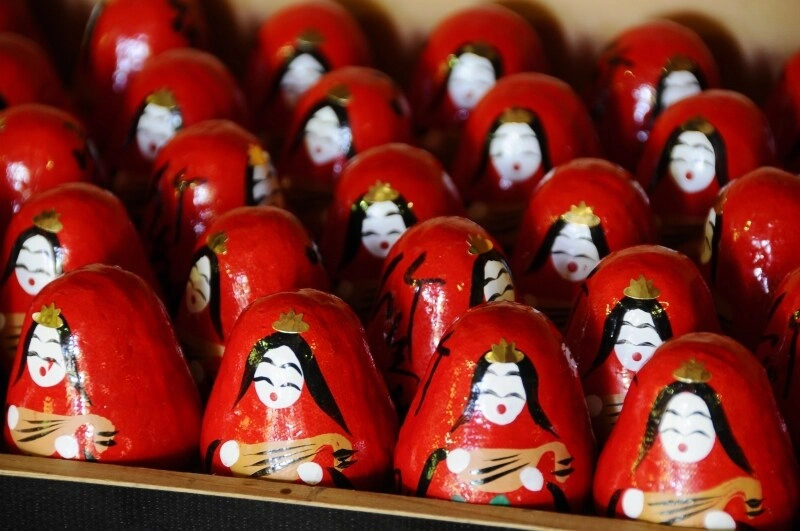
This type of Daruma is known as "Happiness Daruma of Benzaiten-sama," where people place paper wishes inside and offer them as prayers. Chikubu Island has long been regarded as a sacred site of Benzaiten, attracting many visitors for wishes. It's reputed for fulfilling numerous wishes.
From the main hall of Hōgon-ji Temple, a short walk leads to the nearby three-tiered pagoda. From this vantage point, one can behold the magnificent scenery of Lake Biwa. Nearby, there's also a mochi tree, said to have been planted by the Sengoku period warrior Katagiri Katamoto himself.
Believed to be a Relic of Osaka Castle from the Hideyoshi Era! Japan's National Treasure "Hogenji Temple Tang Gate"

Descending along the stone steps, one can behold the cypress bark roof of the Hogenji Temple Tang Gate. This structure, known as the "Phantom Osaka Castle Remnant" constructed under Hideyoshi's patronage, is a highly esteemed national treasure.
The diaries "Gien Jun Kijo Nikki" by the Daigoji Temple abbot Sanboin and "Shun Kyuki" by the priest Banshun of the Toyokuni Shrine both record the donation of the Osaka Castle's Paradise Bridge to the Toyokuni Shrine.
In addition, the front view of the Paradise Bridge found in a screen from the Toyotomi era discovered in Eggenberg Castle, Austria in 2006, bears similarities to the Tang-style Tang Gate of the Hogenji Temple on Takeshima Island. The Paradise Bridge was constructed by Toyotomi Hideyoshi in 1596, connecting the northern and second citadels of Osaka Castle.
Following six years of restoration and preservation efforts, the Tang Gate, Kannon Hall, and Boat Corridor received exquisite refurbishment in the spring of 2020. Here, you can witness the remnants of a typical Momoyama-style Tang Gate, said to have been originally luxurious and magnificent in its pristine state.
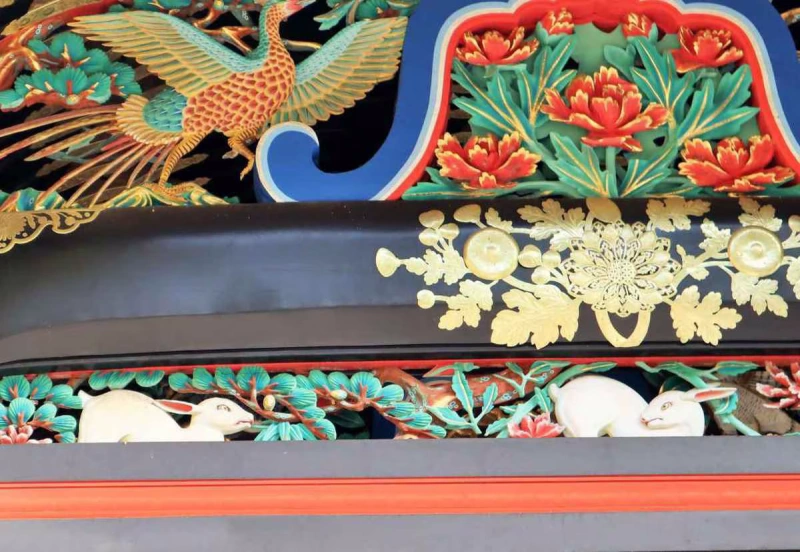
The roof is crafted from cypress bark, with the entire structure painted in black lacquer and adorned with gilded metal embellishments throughout. Carvings of wooden-nosed lions and phoenixes, pine trees, rabbits, and peonies can be seen surrounding a frog at the center of a rainbow beam.
Each building is a masterpiece, featuring two large revolving doors and walls adorned with richly colored peony vine patterns.
It is believed that after Toyotomi Hideyoshi's death, this structure was moved to the Toyokuni Mausoleum in Kyoto and later relocated to its current site on Takeshima Island.
Important Cultural Heritage "Under the Boat Corridor"
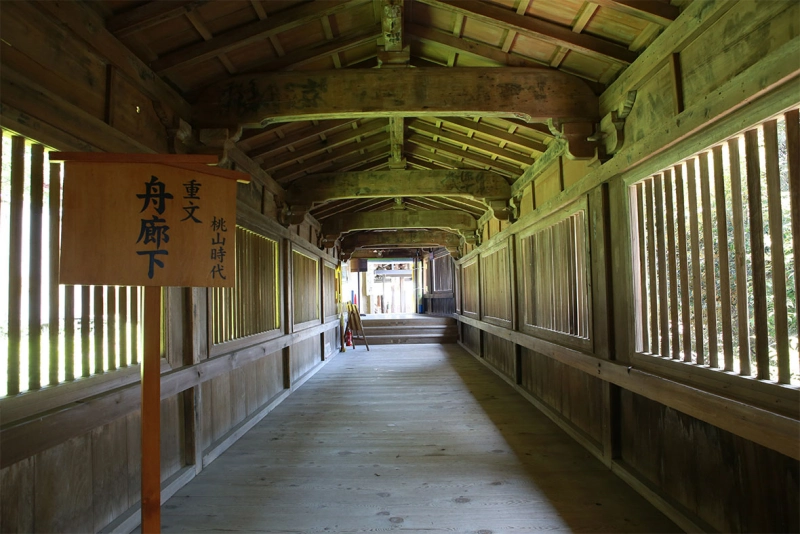
This 30m-long boat was built to connect the Toyokuni Shrine and the Kannon Hall housing the Thousand-armed Thousand-eyed Avalokitesvara (Senju Sen'gen Kanzeon Bosatsu).
It was constructed using oars from the Nippon Maru, a ship built for Toyotomi Hideyoshi during the invasion of Korea, now designated as an important cultural property of Japan. After walking through this boat corridor, it is also worth exploring outside. The stage structure built on a slope is also a must-see.
- Takeshima Island Hogenji Temple(Takeshima Hogenji Temple)
- Address: 1664 Sazaki-cho, Nagahama City, Shiga Prefecture
- Directions: 10-minute walk from JR Nagahama Station to Nagahama Port / 5-minute walk from JR Omihachiman Station to Omihachiman Port
- Admission Fee for Treasure Hall: Adults 300 yen / Children 250 yen
- Opening Hours: 9:30-16:30 (subject to sightseeing boat operation hours)
Japan's National Treasure "Tsukubusuma Shrine"
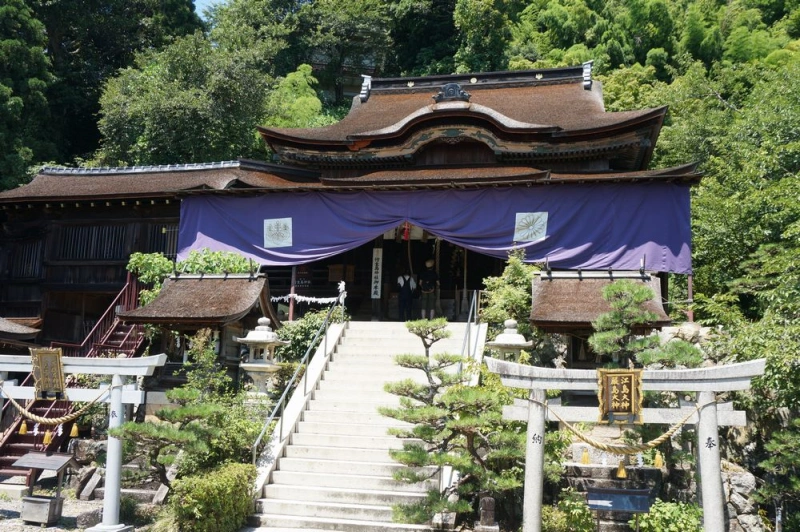
The main hall of Tsukubusuma Shrine (Takeshima Shrine) was donated by Toyotomi Hidetsugu and relocated by Katagiri Tsugumoto, serving as the construction prefecture governor, from the Shogun's Palace in Fushimi Momoyama Castle. It is also designated as a Japanese national treasure.
The interior of the main hall boasts elegant and ornate decorations typical of the Momoyama period, although currently inaccessible for visitation, with ceiling paintings reportedly created by Kano Eitoku Mitsunobu.
Takeshima Island is also renowned for its creation myth involving the "Comparatively High Mountain" legend, telling the tale of a height competition between Takamimusubi-no-kami (the deity of Mt. Ibuki) and Asaihime-no-mikoto (the deity of Asaiyama/now known as Jukanjugatake).
Following the defeat in height by Takamimusubi-no-kami, Takamimusubi-no-kami angrily severed the head of Asaihime-no-mikoto, and the fallen head is called "Takeshima Island." While this is a myth of considerable scale, the Tsukubusuma Shrine also enshrines Asaihime-no-mikoto.
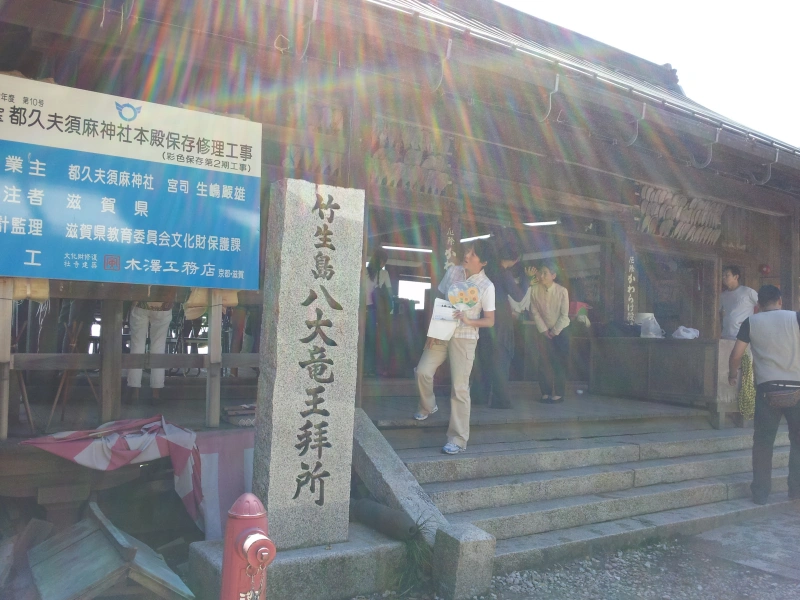
Enshrined in Tsukubusuma Shrine are "Ichikishimahime-no-mikoto," "Uka-no-mitama," "Asaihime-no-mikoto," and the "Four Dragon Gods."
Among them, the Eight Great Dragon Gods Hall enshrining the "Dragon Gods" is hailed as one of the most picturesque spots on Takeshima Island, renowned for its "Throwing Riverbank."
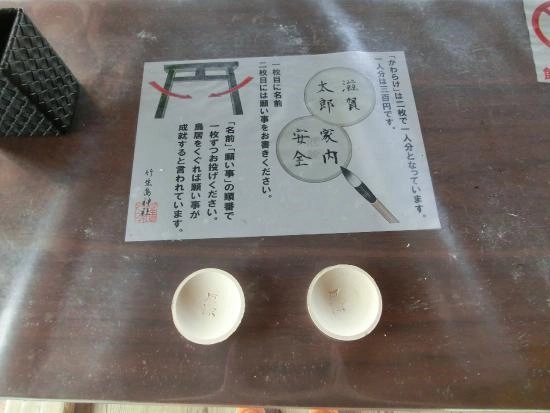
If you write your wish on an unglazed tile called "kawarake" and throw it into the lake-reaching Miyazaki Torii Gate, then pass through the gate, your wish will come true.
The origin of this ritual seems to date back to the Warring States period. It is said to have originated from a ritual where warriors would throw cups on the ground before going to battle to pray for victory. By the Edo period, it evolved into a form of entertainment among the common people, performed during festivals and celebrations.
The process of making a wish is simple: visit the main shrine, purchase a set of two kawarake, write your name on the first one, and your wish on the second. Then toss the tile towards the Torii Gate.
However, passing through the gate is not as easy. It is said that if you exert too much effort in throwing, you are likely to fail, so it's best to remember your wish and try to relax.
- Tsukubusuma Shrine (Takeshima Shrine)
- Address: 1665 Hazaki-cho, Nagahama City, Shiga Prefecture
- Directions: 10 minutes' walk from JR Nagahama Station to Nagahama Port / 5 minutes' walk from JR Kinomoto Station to Kinomoto Port
- Website: http://www.chikubusima.or.jp/
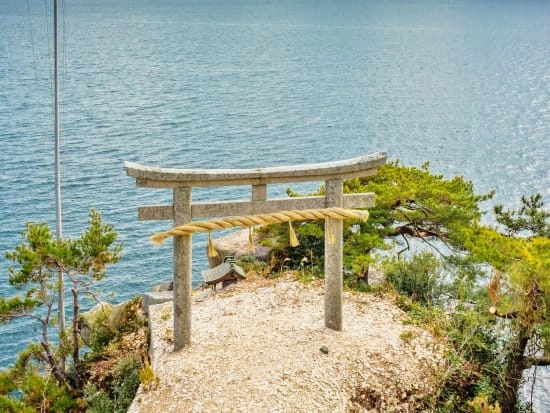
Since ancient times, Takeshima Island has been revered as a sacred place inhabited by spirits, making it a treasure trove of Japanese national treasures and important cultural properties. Surprisingly, remnants of the Osaka Castle from Toyotomi Hideyoshi's era are still preserved here. Even in Osaka, only stone walls remain from the "Osaka Castle Remains of the Hideyoshi Era"...
Moreover, the island is dotted with many auspicious energy points. If you're short on time, you can see everything in about an hour, but we recommend taking your time to explore.
However, the round-trip boat time for Takeshima Island is fixed, so if you plan to stay longer, inquire at the counter on the day.
[Biwako Kisen] https://www.biwakokisen.co.jp/cruise/chikubu/
